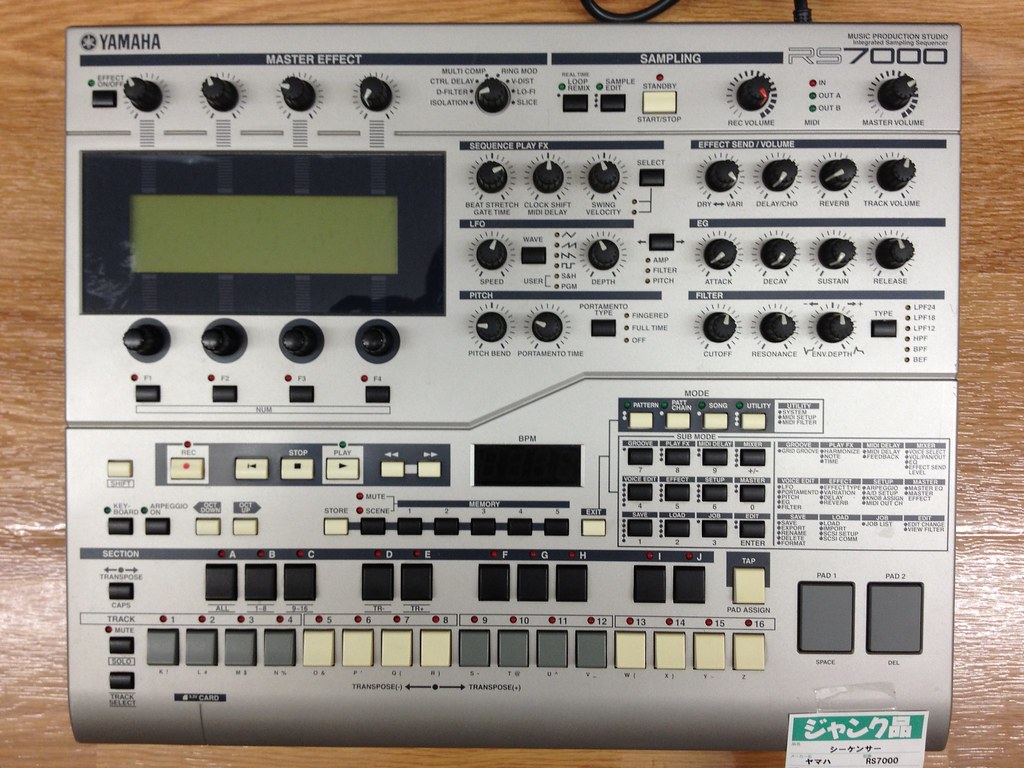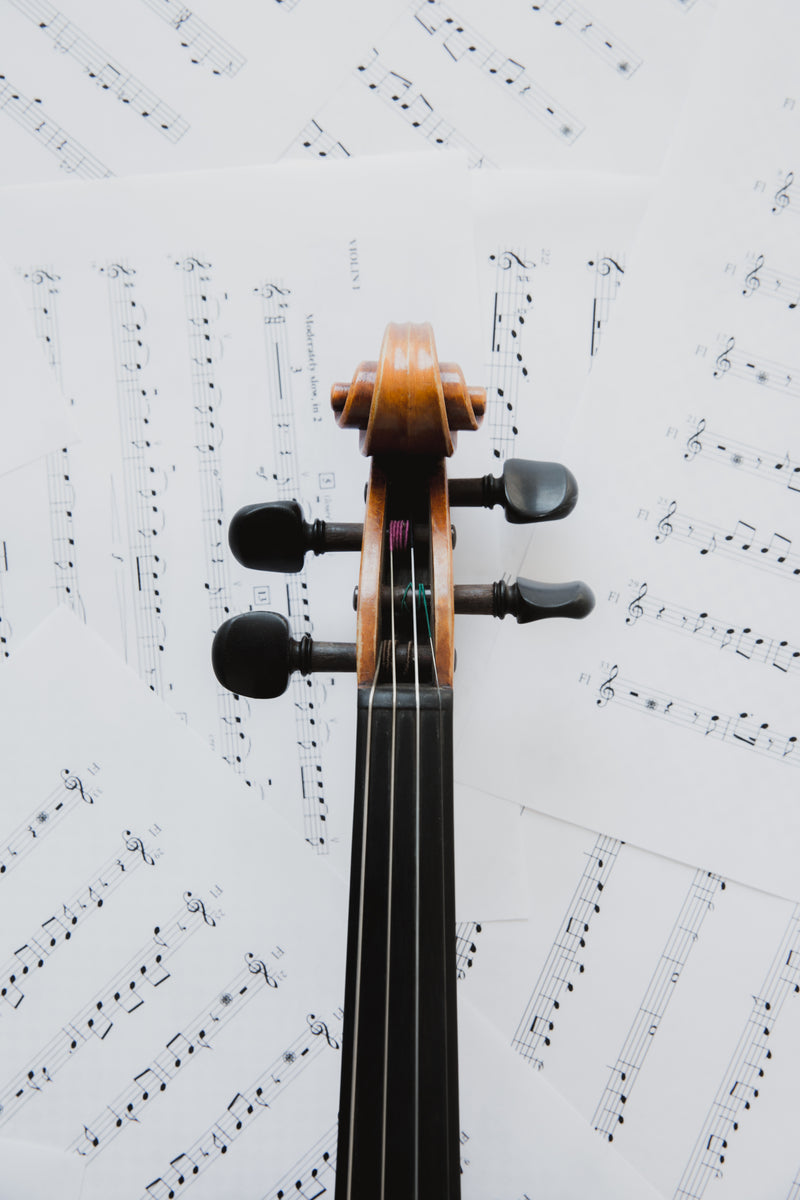Have you ever wondered how some musicians seem to effortlessly create amazing songs without reading sheet music or relying on complex software? The answer lies in the art of playing by ear, a skill that can take your music production game to the next level. In this ultimate guide to music production, we’ll delve into the secrets of play by ear mastery, and show you how to unlock your full potential as a producer. Whether you’re a beginner or an experienced musician, get ready to take your music production skills to new heights!
Table of Contents

What is Play by Ear Mastery in Music Production?
Play by ear mastery is a crucial skill for any aspiring music producer. Essentially, it involves being able to recognize and recreate music solely by listening to it, without the need for written notation or sheet music. This allows producers greater flexibility in their creative process, as they can more easily experiment with new sounds and melodies. Additionally, developing play by ear skills can help producers better understand musical structure and composition, leading to improved songwriting abilities. While this may seem like a daunting task for some beginners, many experts believe that anyone can develop their play by ear abilities with practice and dedication. Not only will mastering this skill improve your overall musicianship but it will also give you greater confidence in your productions and allow you to express yourself more fully through your music production endeavors.

The Benefits of Learning Play by Ear Mastery in Music Production
Play by Ear Mastery in Music Production allows musicians to produce quality music without needing to read sheet music or use notation software. There are various benefits that come with learning this skill, including the ability to improvise and create original compositions on the spot. By having a solid foundation in playing by ear, artists can easily incorporate new sounds and melodies into their work, making them more versatile and adaptable as creators.
Furthermore, being able to play by ear can significantly reduce production time since it eliminates the need for repetitive trial-and-error processes when composing new tracks. With play by ear mastery, users typically find themselves spending less time creating backgrounds from scratch as they swiftly identify chords within existing pieces of music.
Overall, mastering play-by-ear is a powerful tool that will allow you not only to be creative but also expand your musicality repertoire while increasing your productivity level when producing music.
How to Develop Your Play by Ear Skills in Music Production
To develop your play by ear skills in music production, it’s important to start with simple melodies and progressions. Listen carefully, try to identify the notes or chords being played, and then practice playing them yourself on an instrument or software program. It may be helpful to slow down the tempo of the song so you can hear each note more clearly.
Another effective method is to transcribe songs from recordings, either by ear or using transcription software. This will help train your ears to recognize different chord progressions and melodic lines.
Consistent practice is key when developing play by ear skills. Set aside dedicated time each day to work on identifying notes and chords in music that you’re listening to. Gradually increase the difficulty level of the songs as you improve.
Using tools such as interval training apps can also aid in developing your ability to identify individual notes within a melody or progression.
Remember that developing strong play by ear skills takes time and patience, but with consistent effort and practice anyone can become proficient at this essential element of music production.
The Role of Music Theory in Play by Ear Mastery for Music Production
Music theory plays a crucial role in developing your play by ear skills in music production. Understanding the basics of music theory, such as scales, chords, and intervals, can help you identify and replicate the sounds you hear. For example, if you hear a melody in a song, knowing the key and scale it’s in can help you recreate it on your instrument or software.
Additionally, learning about chord progressions and their relationships can help you anticipate where a song is going and make more informed decisions when producing. For instance, if you know that a certain chord progression is commonly used in a particular genre, you can use that knowledge to create more authentic-sounding tracks.
It’s important to note that while music theory can be helpful, it’s not necessary to have an advanced understanding of it to develop your play by ear skills. Some producers rely solely on their ears and experimentation to create music. However, having a basic understanding of music theory can give you an advantage and make the process smoother.

Tips and Tricks for Improving Your Play by Ear Skills in Music Production
One tip for improving your play by ear skills in music production is to start with simple songs and slowly work your way up. Choose a song with only a few chords and practice identifying them by ear. As you become more comfortable, gradually move on to more complex compositions.
Another trick is to focus on specific elements within the music, such as the bass line or melody, rather than trying to identify every single note at once. This allows you to train your ear to recognize patterns and intervals, making it easier to identify notes in the future.
It’s also helpful to listen actively and critically, paying attention not just to what is being played but how it’s being played – the rhythm, articulation, dynamics etc. Additionally incorporating exercises like singing along with melodies or playing along with a backing track can help reinforce concepts learned through play by ear training.
Remember that learning play by ear mastery takes time and patience but ultimately enhances creativity and improvisation while producing music.

Tools and Resources for Mastering Play by Ear in Music Production
EarMaster and Functional Ear Trainer are two popular software programs that can help you improve your play by ear skills in music production. EarMaster offers a comprehensive ear training program that covers everything from interval recognition to chord progressions, while Functional Ear Trainer focuses on helping you recognize and identify individual notes within a chord. Both programs offer customizable exercises and progress tracking features to help you stay motivated and track your improvement over time.
In addition to software programs, there are also a variety of mobile apps available for improving your play by ear skills. Perfect Ear and Complete Ear Trainer are two popular options that offer a range of exercises and games designed to help you develop your ability to recognize notes, intervals, and chords by ear.
Finally, don’t underestimate the power of good old-fashioned practice! One of the best ways to improve your play by ear skills is simply to spend time listening to music and trying to figure out the melodies, chords, and rhythms by ear. Set aside dedicated practice time each day or week, and challenge yourself with increasingly complex pieces of music as you improve. With dedication and persistence, you can master the art of play by ear in music production.

Common Challenges and Solutions for Learning Play by Ear in Music Production
Overcoming the Fear of Playing by Ear: Tips and Tricks
Playing by ear can be intimidating, especially if you’re used to relying on sheet music or other visual aids. But it’s an essential skill for any musician or music producer who wants to create unique and original work. Here are some tips and tricks for overcoming the fear of playing by ear in music production:
-
Start small: Begin with a simple melody or chord progression that you know well.
-
Listen actively: Focus on the sounds around you and try to identify the different elements of a song, such as rhythm, harmony, melody, and timbre.
-
Practice regularly: Like any skill, playing by ear requires practice to improve your abilities.
-
Use technology: There are many helpful tools available online that can assist with ear training exercises.
-
Collaborate with others: Sometimes working with other musicians can help ease anxiety about playing by ear as you learn from each other’s strengths.
By using these techniques and gradually building confidence in your ability they will soon become second nature when creating professional-grade tracks in music production play by ear!
Developing a Strong Ear for Music: Exercises and Techniques
To master play by ear in music production, developing a strong ear is essential. Start by practicing recognizing intervals, chords, and melodies. One effective exercise is to listen to short chord progressions or melodies and try to identify them by name or notation. Another technique is to sing along with songs while playing an instrument or humming the melody until you can reproduce it accurately.
It’s also important to incorporate technical skills such as tuning your instrument regularly and training your voice through vocal exercises. Lastly, take advantage of tools like ear training software, mobile apps, and online resources that offer various listening exercises designed specifically for musicians.
By consistently practicing these techniques, you’ll start hearing music more clearly, building a foundation that will allow you to create amazing productions with ease!
Navigating Complex Chords and Progressions: Strategies for Success
One common challenge in mastering play by ear skills in music production is navigating complex chords and progressions. This can be particularly daunting for those without a strong background in music theory or formal training. However, there are strategies for success that can make the process easier. First, start with simple songs and gradually work your way up to more complex pieces. Second, focus on identifying key notes within each chord rather than trying to identify every note played. By honing these skills over time, you can overcome this obstacle and become proficient in play by ear mastery for music production.
Improving Your Timing and Rhythm: Practice Makes Perfect
To truly master play by ear in music production, it’s crucial to have impeccable timing and rhythm. However, this is one of the biggest challenges that many learners face in the beginning stages. To improve your timing and rhythm, consistent practice is key. Start with simple exercises such as clapping along to a steady beat or tapping your foot while listening to different genres of music. Use metronomes and drum machines to help you stay on track and train yourself to stay in sync with various tempos. It may take time, but with patience and dedication, you can improve these foundational skills necessary for mastering play by ear in music production.

Putting Your Play by Ear Skills to Use: Practical Applications in Music Production
Once you’ve developed your play by ear skills, it’s time to put them into action. One practical application is using them during the mixing process. When fine-tuning a mix, being able to identify and adjust each individual element can make all the difference.
Another way to use your play by ear skills is when collaborating with other musicians or producers. Instead of relying solely on sheet music or written notes, you’ll be able to easily communicate and improvise ideas quickly.
Incorporating improvisation into your performances is also a great way to showcase your play by ear abilities. Experiment with different chord progressions and melodies on-the-fly for a unique sound that stands out from others.
Overall, learning play by ear mastery in music production opens up new doors for creativity and innovation while allowing you better control over the final product.
In conclusion, mastering play by ear in music production is a valuable skill that can take your music to the next level. By developing your ear and understanding the role of music theory, you can create more dynamic and unique compositions. Remember to practice regularly and utilize the tips and resources available to you. Don’t be discouraged by challenges, as they are a natural part of the learning process. With dedication and hard work, you can become a master of play by ear in music production.
If you found this guide helpful, be sure to check out our other content on music production and related topics. Keep learning and creating!
FAQ
Who can learn music production by ear?
Anyone with a passion for music can learn.
What is music production by ear?
It’s the ability to create music without sheet music.
How can I improve my play by ear skills?
Practice regularly and listen to music actively.
What if I have no musical background?
You can still learn with dedication and practice.
How long does it take to learn play by ear?
It varies, but consistent practice can speed up the process.
What if I struggle with ear training?
Don’t give up, seek help from a teacher or online resources.


